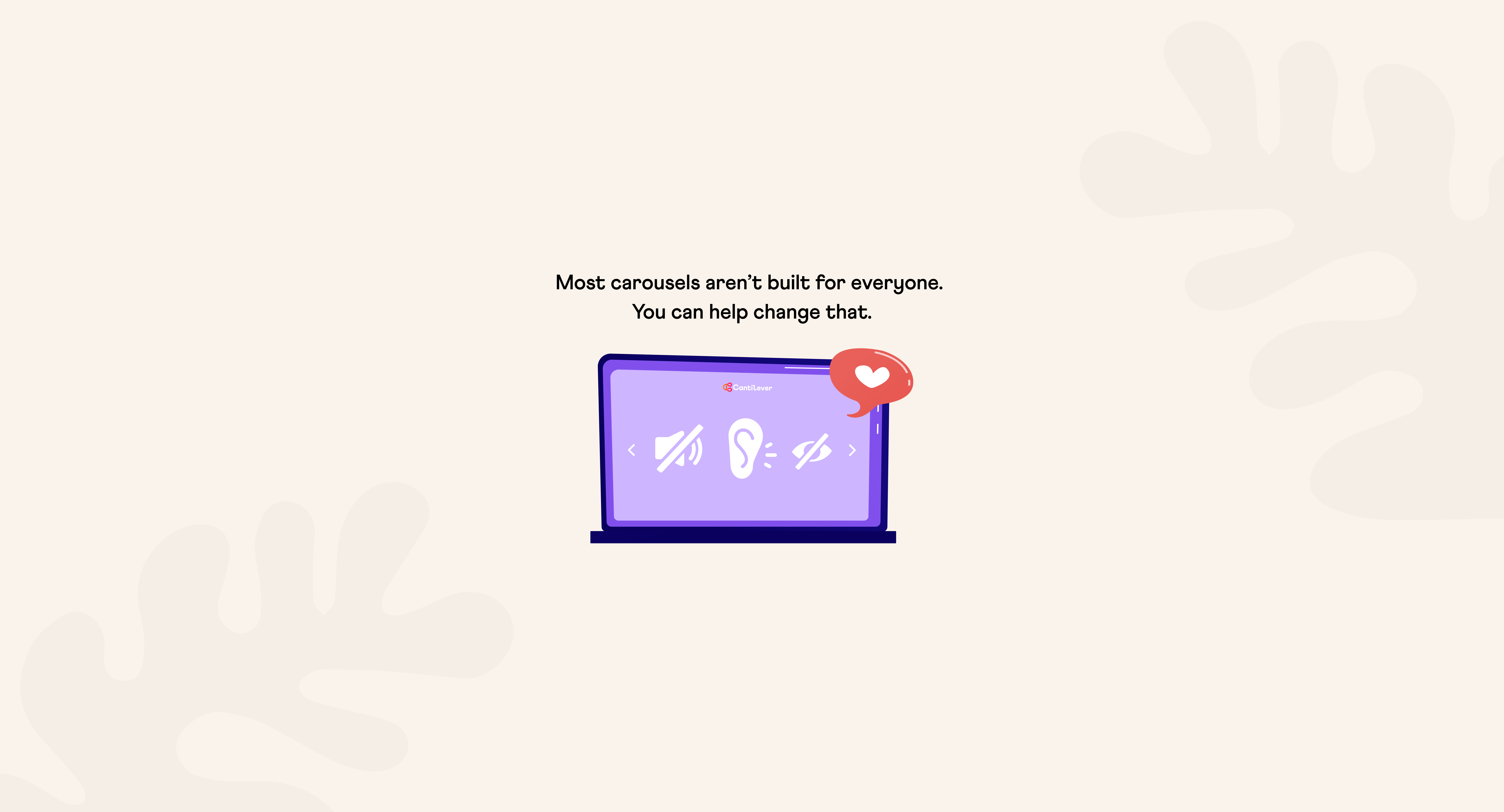Understanding The Benefits of Cloudflare


Cloudflare acts as a middle layer between your visitors and your site. It’s like a waiter. Instead of your visitors going all the way to the kitchen to ask for what they need or to pick up their food, they ask Cloudflare.
The problem this solves is that your website’s server is busy. Every time a user visits, it has to prepare all the right files and send it over the internet all the way to the user’s location. This process is time-intensive and repetitive. Cloudflare stores the results of prior requests so that the next time somebody requests a certain file, Cloudflare can serve it to the visitor without even asking your web server.
What’s more, Cloudflare has servers in major population centers around the world, so your files are usually served from a location closer to the visitor than your web server is. This minimizes the time it takes to communicate between the visitor and your site making for a better web experience when users visit. Quicker service leads to return customers- especially on your website.
These are all the traditional roles of a Content Delivery Network (CDN) – but Cloudflare is broader and delivers more features. With a traditional CDN, you need to change your website so that it links to the CDN’s version of a file rather than the one on your web server. Cloudflare sits transparently in front of your website, so visitors can request files directly from their physical location and Cloudflare will intercept the hit without anyone noticing. Cloudflare requires a more all-in setup process and commitment to using their infrastructure for most of your content, so it can be overkill for some cases where a more basic CDN would suffice. You should evaluate both options in the context of your site’s particular performance profile.
Cloudflare operates by taking full control of your “DNS” – the primary settings that govern where visitors are sent when they request the site. It takes just a few minutes to set up, and your site will be instantly faster. DNS setup is particular and can take time to reverse, so it’s a commitment, but once set up properly, you’ll hardly notice that Cloudflare is involved in serving your site.
What’s more, this level of control means that Cloudflare can add additional features like making files smaller, taking advantage of the latest content delivery methods, and making your site significantly more secure.
Plus it does all of this for the grand total of $0. Their free product covers the basic features I just outlined, and you can pay for more advanced features as you need.
At Cantilever, we implement Cloudflare for virtually every project we do – usually the free version, but sometimes with their premium features too.
YouTube Orientation
Our CEO, Ty Fujimura, has recorded a video blog outlining the features and benefits of Cloudflare, and how we use it at Cantilever.
Make your website work for you
Get top dev and accessibility tips delivered directly to your inbox for a more impactful online presence.


.png)





